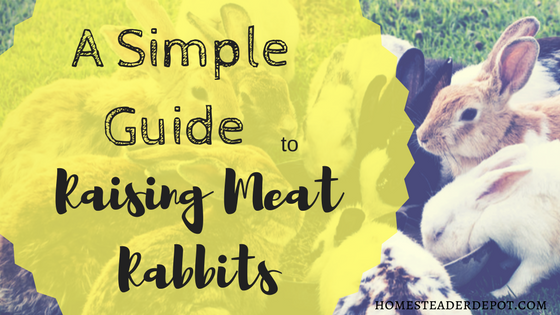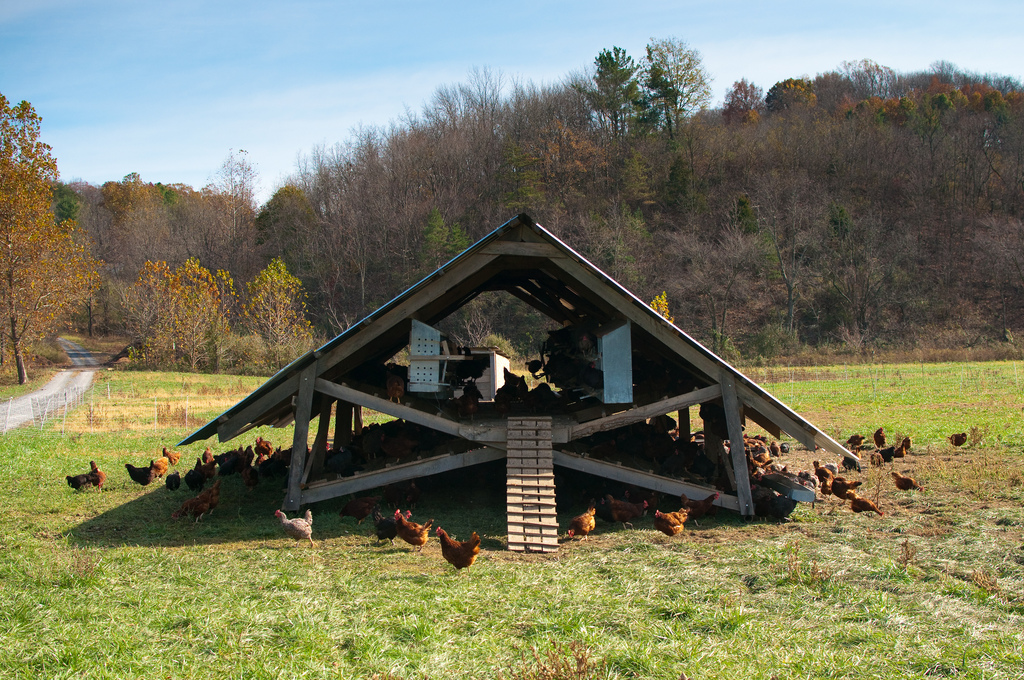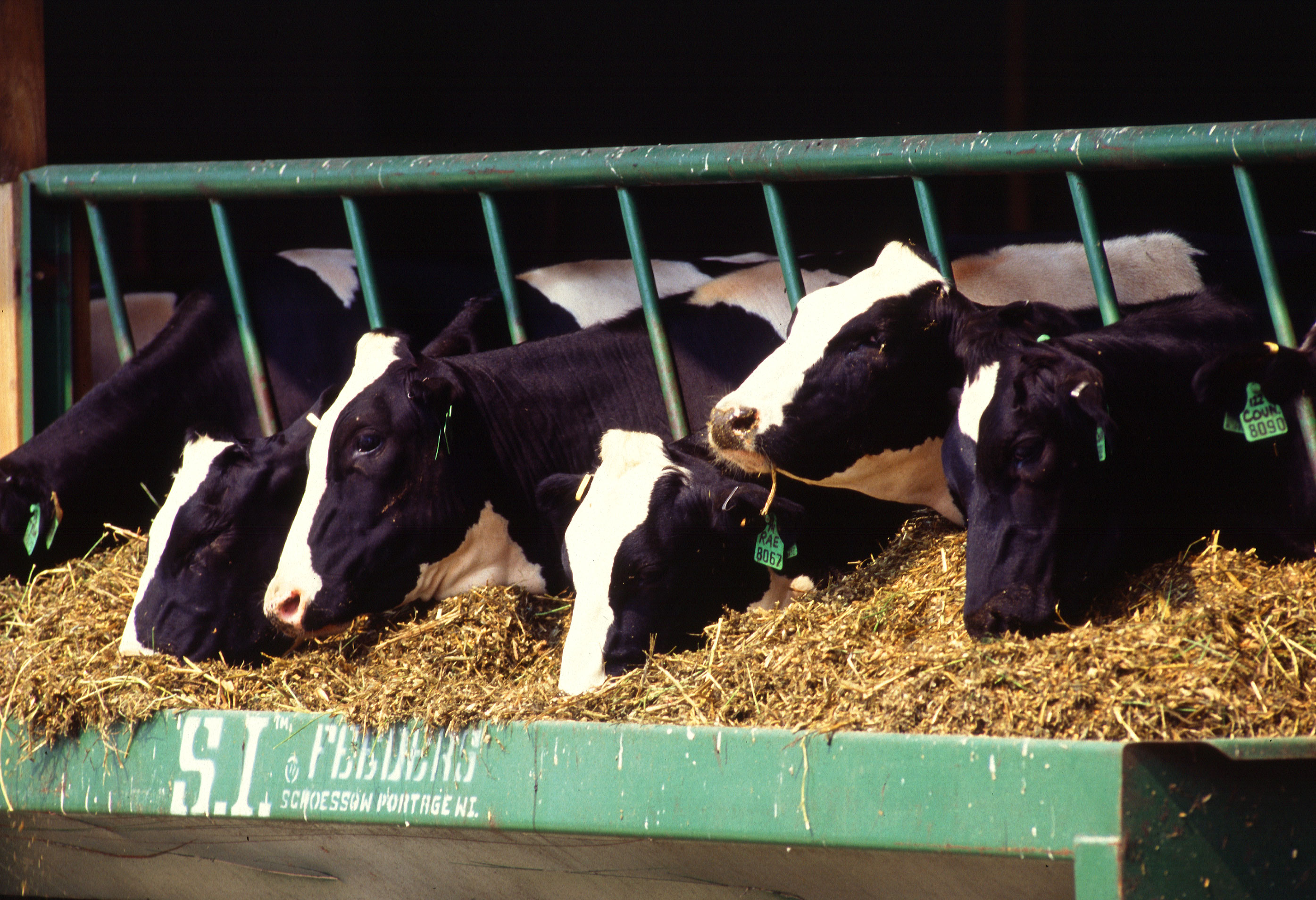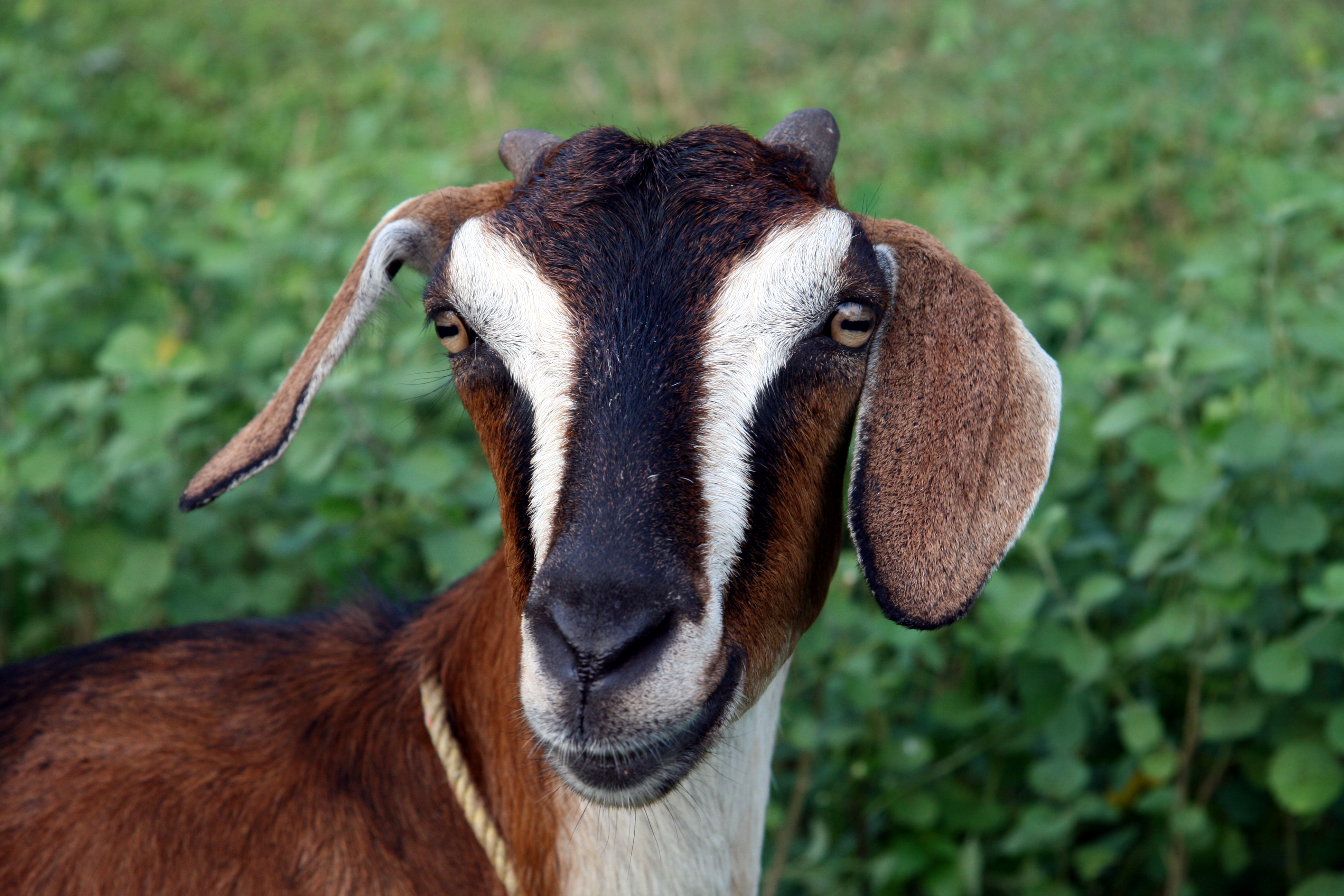A Simple Guide to Raising Meat Rabbits
Most people think of rabbits as being adorable, quiet pets, but they’re actually great to raise for meat as well. They don’t require a lot of space, aren’t too expensive to feed, and well, breed like bunnies. If you’re interested in raising rabbits for meat, here are a few considerations: Laws First of all, check … Read more








